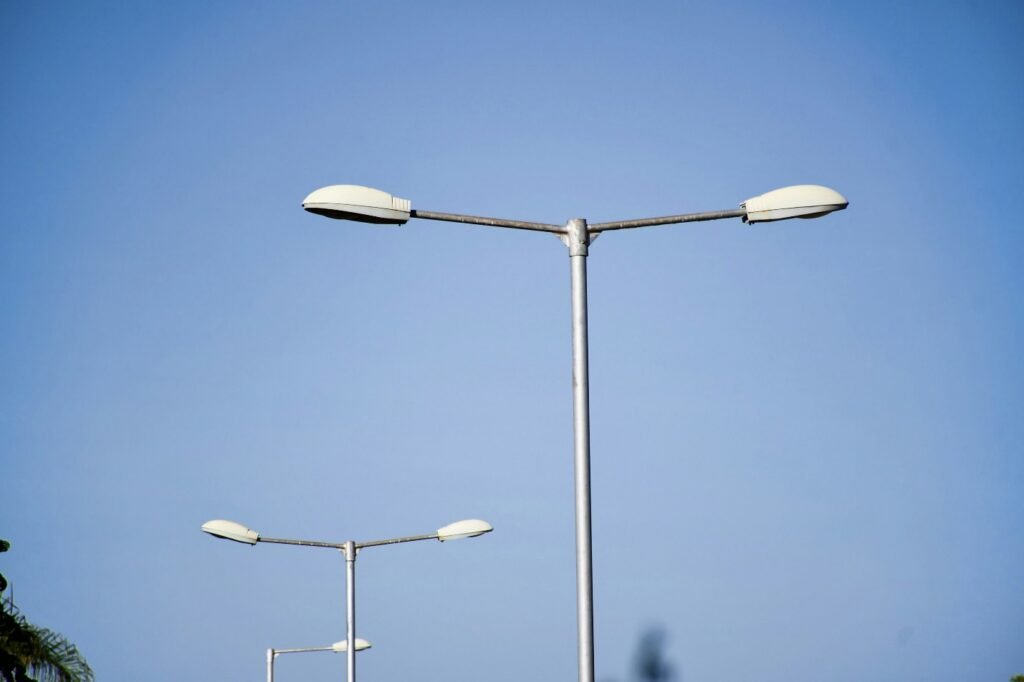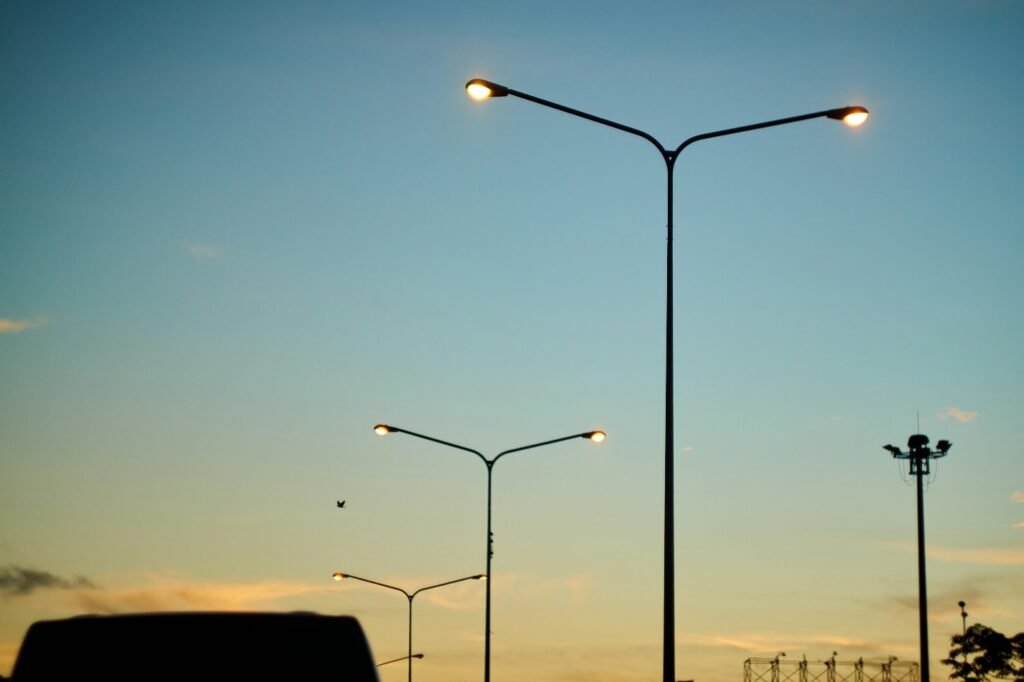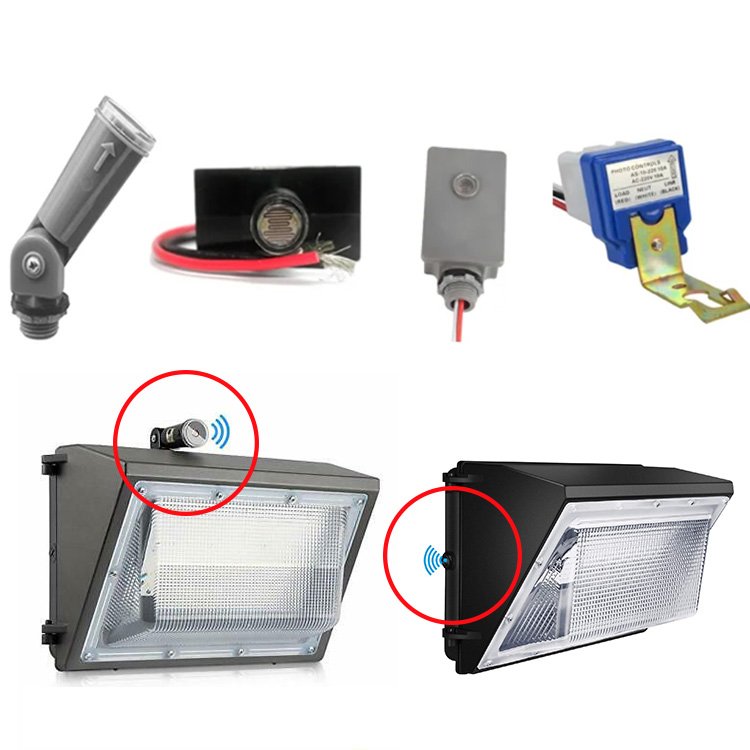As more homeowners and facility managers embrace automated lighting, dusk-to-dawn bulbs, designed to turn on at night and off at sunrise are becoming a popular choice. But is it safe or practical to use them indoors?
The short answer is: Yes, but with conditions. When installed in the right environment, dusk-to-dawn bulbs can safely enhance indoor spaces. However, improper use can lead to performance issues, premature failure, or even safety concerns. Below, Lead-Top, a global leader in fotocelsensor technology and intelligent light controllers, provides a complete guide to help you make the right choice.
When It’s Safe to Use Indoors
A dusk-to-dawn bulb is safe for indoor use as long specific conditions are met, These help ensure that its smart lighting features function correctly.
- Certification for Safety
The bulb you select should be UL, CE, or ETL certified. Ensuring that bulb meets safety and performance standard for a certain region. Without posing any fire or shock risks, Certified dusk-to-dawn bulbs are designed to handle normal indoor electrical conditions
- Proper Fixture Type
The bulb must be installed in a ventilated and open fixture. This is difficult because dusk-to-dawn bulbs has integrated components such as photocell sensors and intelligent switching circuits, which produce heat. Open fixtures lets heat to dissipate and reduce the risk of overheating, a key factor in maintaining both safety and bulb lifespan.
- Integrated Photocell Sensor
Modern dusk-to-dawn bulbs come along a built-in photocell sensor, which detects surrounding light and then decides when the bulb should switch on or off, This integration makes sure of seamless lighting without the need for complex wiring.
- Location With Variable Ambient Light
For a dusk-to-dawn bulb is able to operate correctly indoors, it should be placed where artificial surrounding light changes from day to night are noticeable. Ideal locations include:
- Near windows or glass doors
- Garage entry points
- Indoor courtyards or atriums
- Enclosed patios with light access
In these settings, the photocell sensor can distinguish between day and night, ensuring reliable automatic operation.

When It Might Not Work Well Indoors
While the ease of dusk-to-dawn bulbs is undeniable, some indoor conditions can avoid these bulbs from functioning as intended, Below are common challenges that could result in malfunction or poor performance.
Constant Ambient Light
If you install a dusk-to-dawn bulb in an area with continuous lighting such as a living room with recessed lighting, or a commercial lobby with 24/7 illumination the bulb’s photocell will never sense darkness. The bulb may never switch on defeating its purpose.
Similarly, rooms with light spill from nearby fixtures or streetlights through windows might confuse the sensor, causing it to stay off or switch irregularly.
Enclosed or Recessed Fixtures
Enclosed fixtures block or limit the photocell’s ability to detect ambient light changes. Worse yet, they trap heat generated by both the bulb and its internal electronics. This can lead to:
- Overheating
- Shortened bulb life
- Premature failure of the intelligent light controller
This is why dusk-to-dawn bulbs are not recommended for covered indoor fixtures such as can lights or fully covered ceiling mounts.
Smart Switch and Control Conflicts
Dusk-to-dawn bulbs rely on their own internal intelligent light controller to operate, When combined with external smart devices such as dimmers, motion sensors, or app-controlled switches, the result can be interference. The bulb’s photocell logic may dispute with the external control’s commands, leading to flickering or non-functioning lights.
If your space uses other forms of surrounding lighting or smart home controls, it’s best to choose one system of automation than layering multiple systems that aren’t designed to work together.
Lead-Top Recommendation
Bij Lood-Top, we specialize in creating high-quality photocell sensors, dusk-to-dawn controllers, and intelligent lighting solutions for a wide range of environments. Based on years of experience and feedback from lighting professionals worldwide, here’s what we suggest:
Best Practices for Indoor Applications
- Use motion-activated or timer-controlled LED bulbs for indoors where dusk-to-dawn operation may be unreliable
- Reserve dusk-to-dawn bulbs for semi-outdoor or transitional zones, where ambient light changes are clear and consistent, Examples include:
- Garages
- Hallways or corridors with window access
- Balconies
- Indoor and outdoor transition spaces such as sunrooms or breezeways
These provide the best of both worlds, protection from harsh weather and natural light variation for the photocell sensor to function properly.
Compatible Lead-Top Solutions
For those seeking custom indoor-compatible photocell control, we offer:
- LT210 (wire-in type): Compact, sealed relay photocell ideal for integrated fixture applications.
- LT124 / LT134 (twist-lock type): Designed for use with standard NEMA socket fixtures, featuring built-in surge protection, zero-crossing detection, and configurable lux thresholds.

All models are UL-certified and factory configurable to match your specific indoor or semi-outdoor needs.
Looking for Indoor-Compatible Photocell Control?
Lead-Top specializes in customized dusk-to-dawn lighting controllers designed for both outdoor and semi-indoor applications. Our modules can be adapted to suit:
- LED downlights
- Corridor light panels
- Semi-outdoor wall sconces
- Fixtures operating across 120V to 277V voltage ranges
Our solutions are rigorously tested for:
- Ingress protection (IP66/IP67)
- Surge resistance (up to 20kV)
- UV stability
- Salt spray and aging performance
While dusk-to-dawn bulbs can be a fitting addition to indoor lighting schemes, success depends on proper placement and the right environmental conditions, In most homes and commercial interiors, these bulbs perform best in areas where:
- Natural ambient light shifts are clear and consistent
- Fixtures are open and ventilated
- Other smart devices or controllers won’t conflict
For truly reliable automated lighting indoors, consider alternatives like motion sensors, timers, or centralized smart systems that better suit complex interior environments.
Where dusk-to-dawn photocell sensors truly shine is in outdoor and semi-outdoor spaces, where Lead-Top’s advanced models provide proven performance, safety, and energy savings. As experts in intelligent light controllers, we’re here to help you select the best solution for any application indoor or out.
Need Help
Want help selecting the right dusk-to-dawn controller or bulb for your indoor, or outdoor project?
Contact the team at Lead-Top today for professional advice and customized solutions that makes sure of reliable, energy-efficient lighting control.
Visit: www.leaditop.com
Referenties






